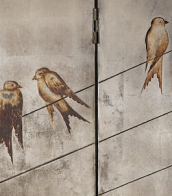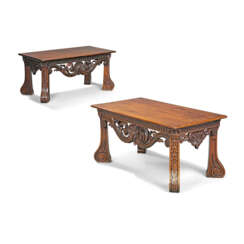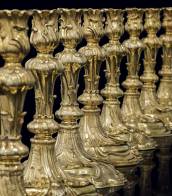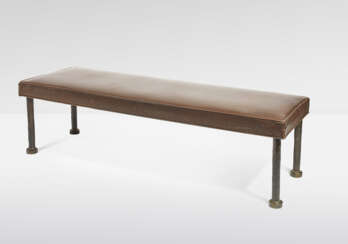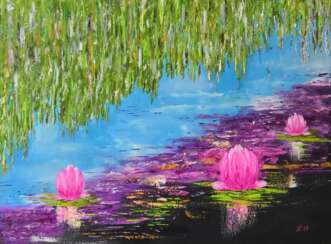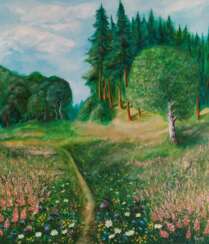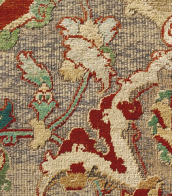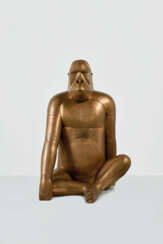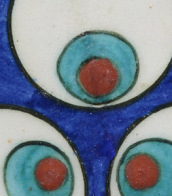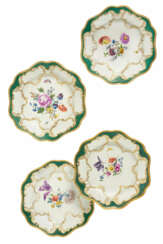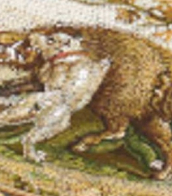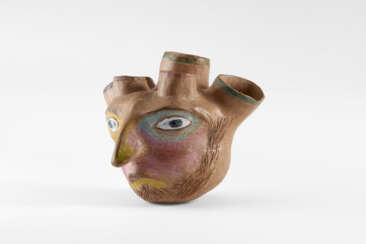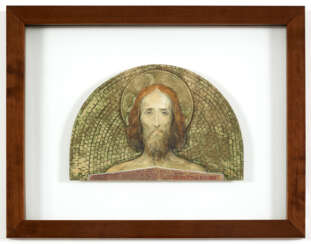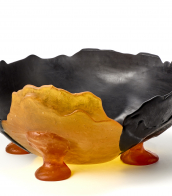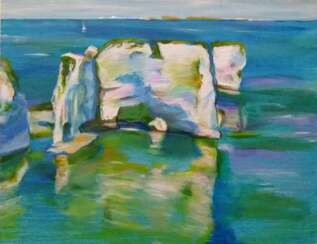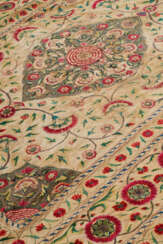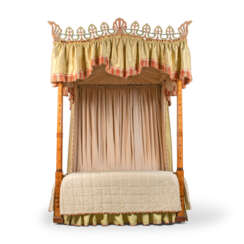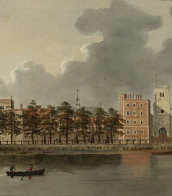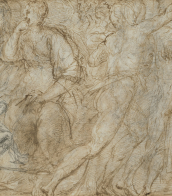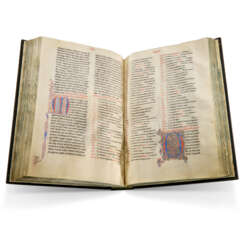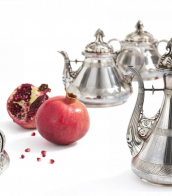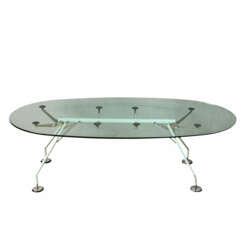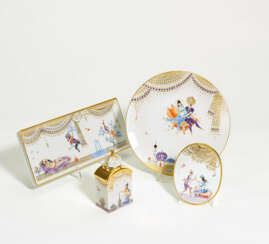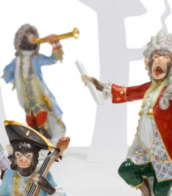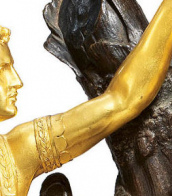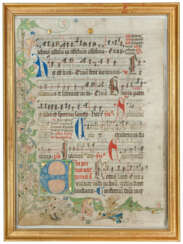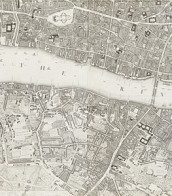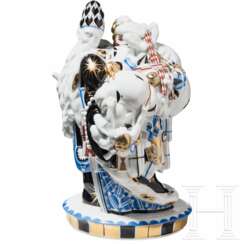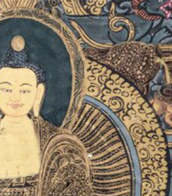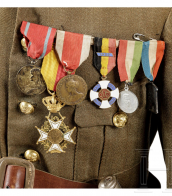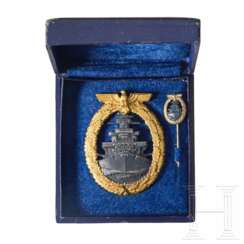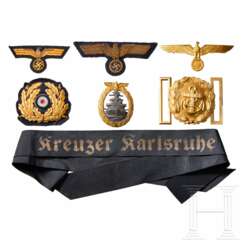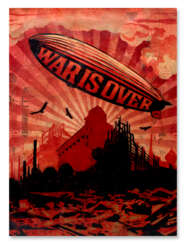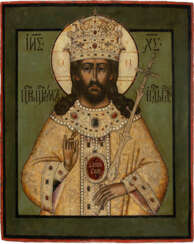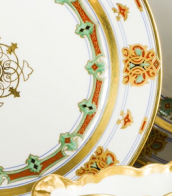highlights design

Diego Giacometti was a Swiss sculptor and designer, and the younger brother of the sculptor Alberto Giacometti.
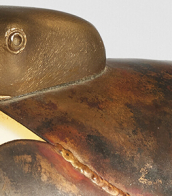




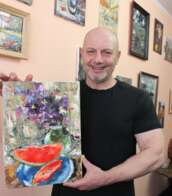
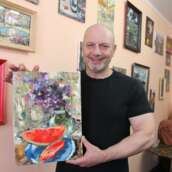
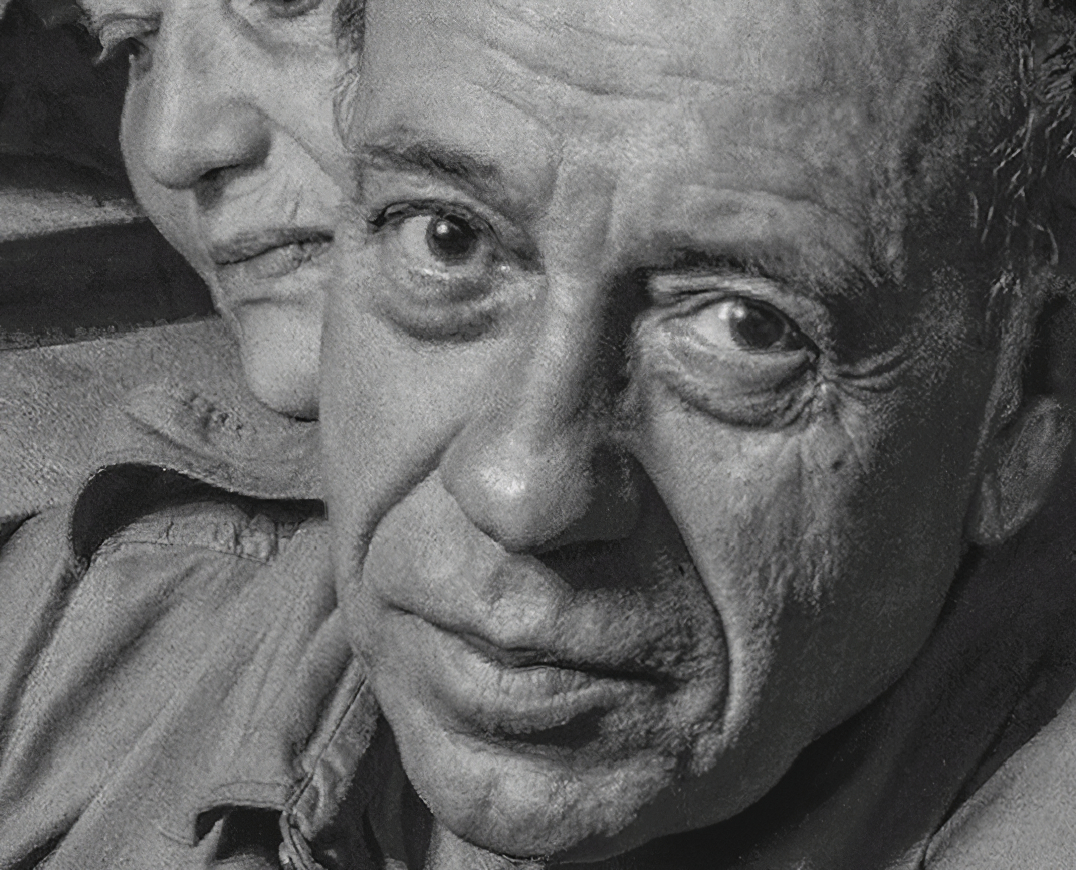
François-Xavier Lalanne was a French painter and sculptor. He studied sculpture, drawing and painting at the Académie Julian. Since the 1960s he has worked as a couple with his wife Claude Lalanne.
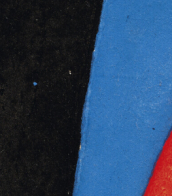
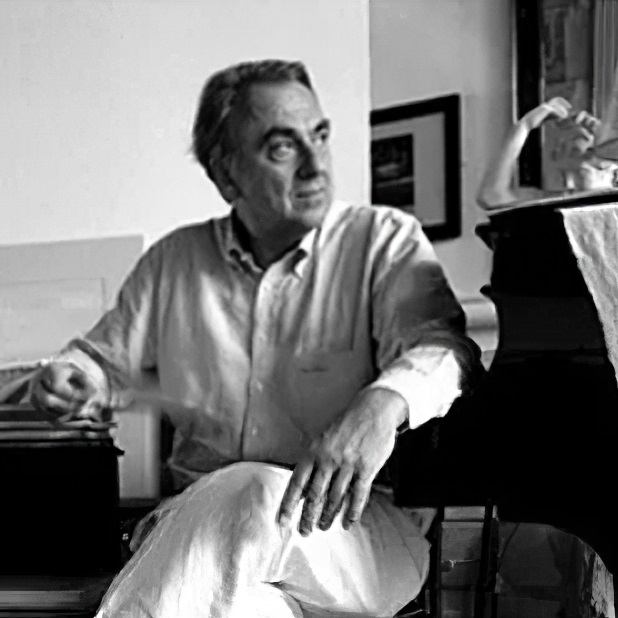
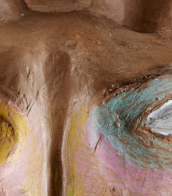


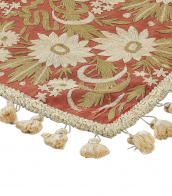
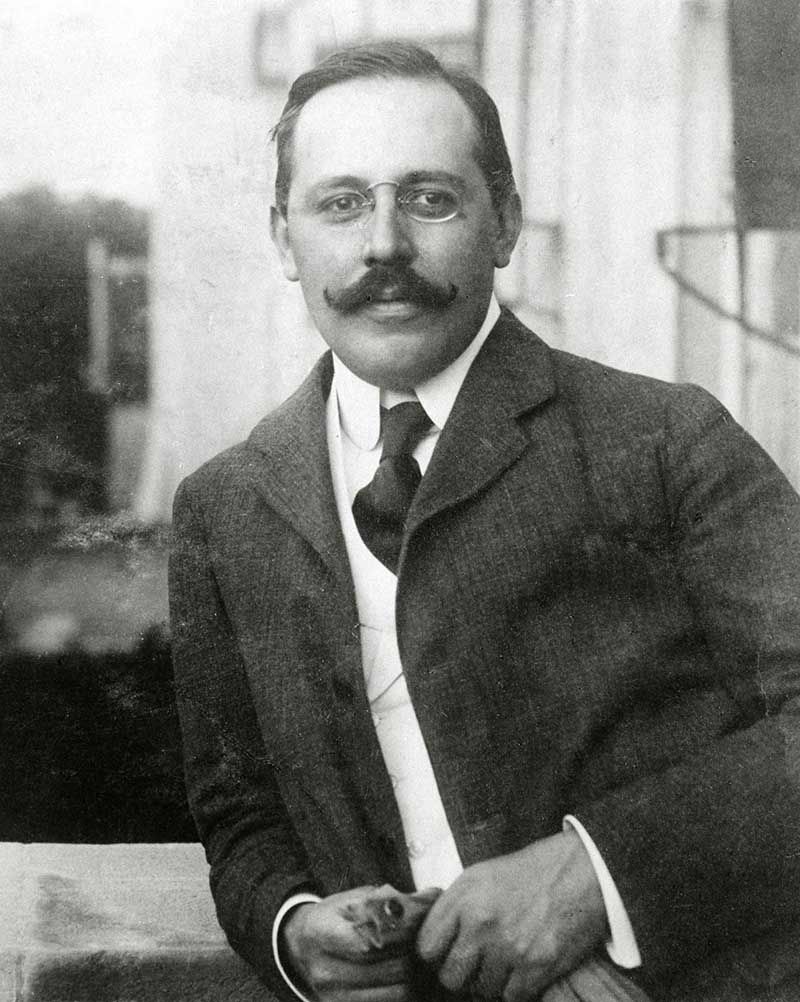
Josef Hoffmann, an Austrian architect and designer, is renowned for his influential contributions to early 20th-century design and architecture. As a founding member of the Vienna Secession and the Wiener Werkstätte, Josef Hoffmann's work is celebrated for its pioneering simplicity and functional elegance.
Josef Hoffmann's designs, which span furniture, decorative arts, and architecture, are distinguished by their minimalistic yet expressive style. His ability to blend aesthetics with functionality marked a significant departure from the ornate styles of the time, influencing modern design principles. Notable works include the Stoclet Palace in Brussels, a masterpiece that showcases his innovative approach to art and architecture.
His creations are preserved in prestigious museums worldwide, including the Museum of Modern Art (MoMA) and the Metropolitan Museum of Art, providing insight into his visionary approach to design. These institutions house collections of Hoffmann's furniture and decorative objects, reflecting his enduring impact on design and architecture.
For collectors and experts in art and antiques, Josef Hoffmann's work offers a study in the evolution of modern design. By subscribing to updates, enthusiasts can stay informed about exhibitions, sales, and academic research related to Josef Hoffmann, deepening their understanding of his contributions to the art and design world.
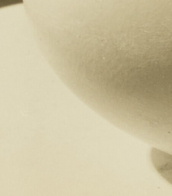
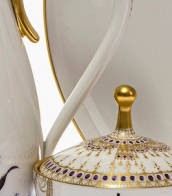
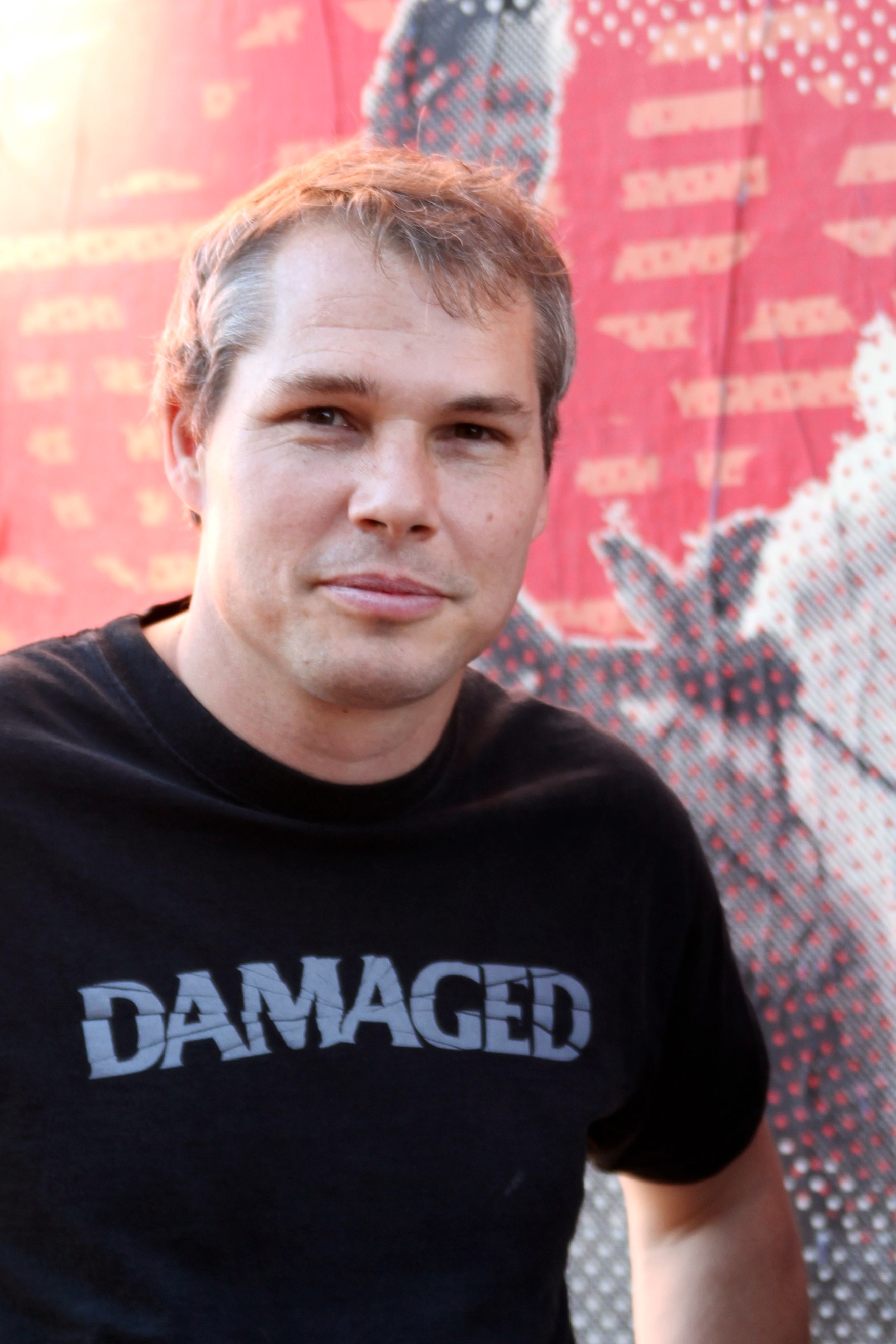
Frank Shepard Fairey is an American contemporary artist, activist and founder of OBEY Clothing who emerged from the skateboarding scene. In 1989 he designed the "Andre the Giant Has a Posse" (...OBEY...) sticker campaign while attending the Rhode Island School of Design (RISD).
Fairey designed the Barack Obama "Hope" poster for the 2008 U.S. presidential election. The Institute of Contemporary Art, Boston has described him as one of the best known and most influential street artists. His work is included in the collections at The Smithsonian, the Los Angeles County Museum of Art, the Museum of Modern Art in New York City, the Museum of Contemporary Art San Diego, the National Portrait Gallery in Washington, D.C., the Virginia Museum of Fine Arts in Richmond, and the Victoria and Albert Museum in London.
His style has been described as a "bold iconic style that is based on styling and idealizing images."
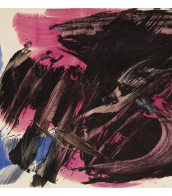
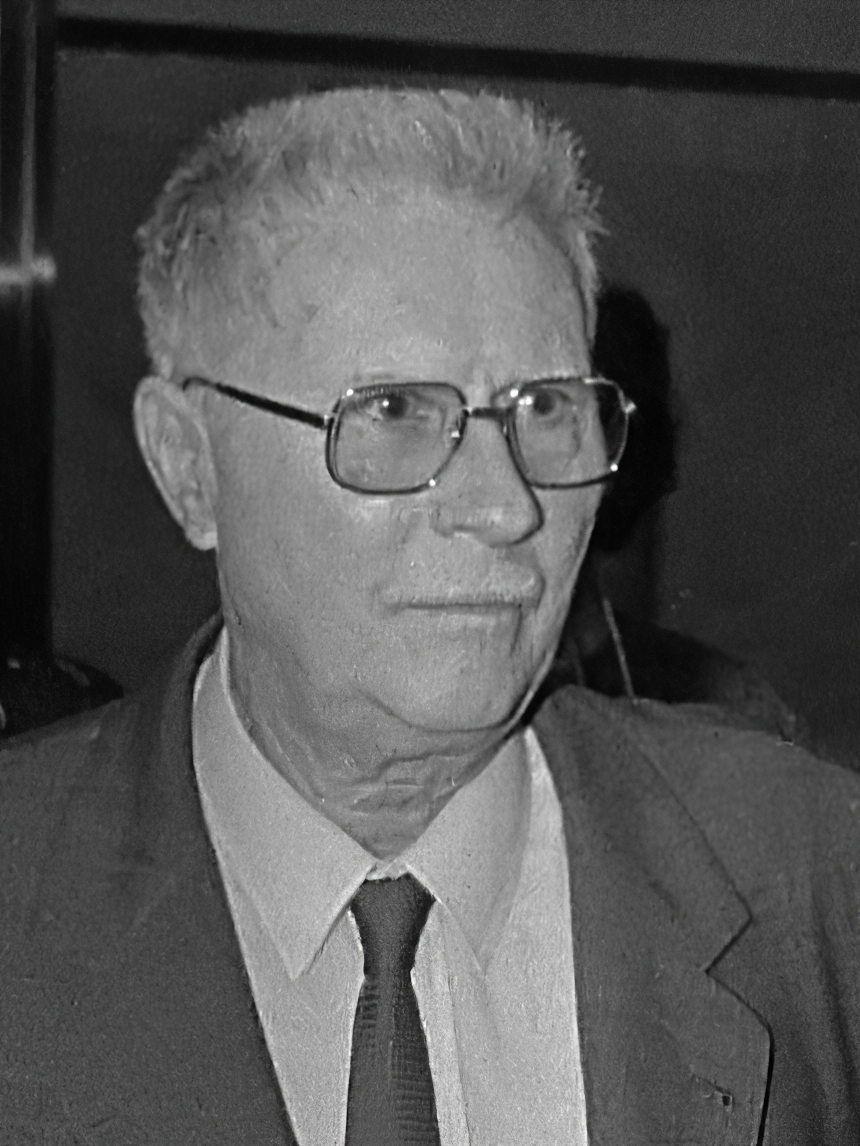
Jean Prouvé was a French metal worker, self-taught architect and designer. Le Corbusier designated Prouvé a constructeur, blending architecture and engineering. Prouvé's main achievement was transferring manufacturing technology from industry to architecture, without losing aesthetic qualities. His design skills were not limited to one discipline. During his career Jean Prouvé was involved in architectural design, industrial design, structural design and furniture design.
